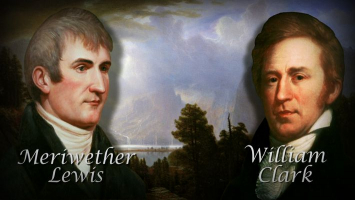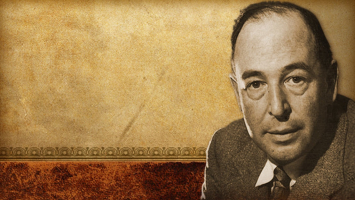Top 8 Interesting Facts about Lewis Carroll
Lewis Carroll is regarded as one of the greatest purveyors of literary nonsense. Many people associate the name 'Lewis Carroll' with children's literature. ... read more...Here are some interesting facts about Lewis Carroll.
-
Lewis Carroll invented a way to write in the dark. It is one of the interesting facts about Lewis Carroll that Toplist wants to mention first.
Dodgson, like many other writers, was frustrated by losing great ideas in the middle of the night, so he invented the nyctograph in 1891. Of course, you can easily write in the dark with your phone or even use text to speech nowadays, but Lewis Carroll liked useless machines and inventions that combined literature and technology - Rayuelomatic, The Klausner Machine, Haiku Reader, and Jorge Luis Borges Animatronic - so I decided to make the Nyctograph Machine, which is a small device capable of translating from our alphabet to nyctography to print banners.
One of his most brilliant inventions was a device that allowed people to write in the dark. The nyctograph was his invention. This device consisted of a piece of card with 16 square holes (two rows of eight) that served as a guide for the user to enter a shorthand alphabet code consisting of dots and dashes. The ideal solution for a literary genius who never knows when his ideas will strike. Carroll saw this device as most useful for jotting down ideas while sleeping, but it could also be useful for the blind or partially sighted.
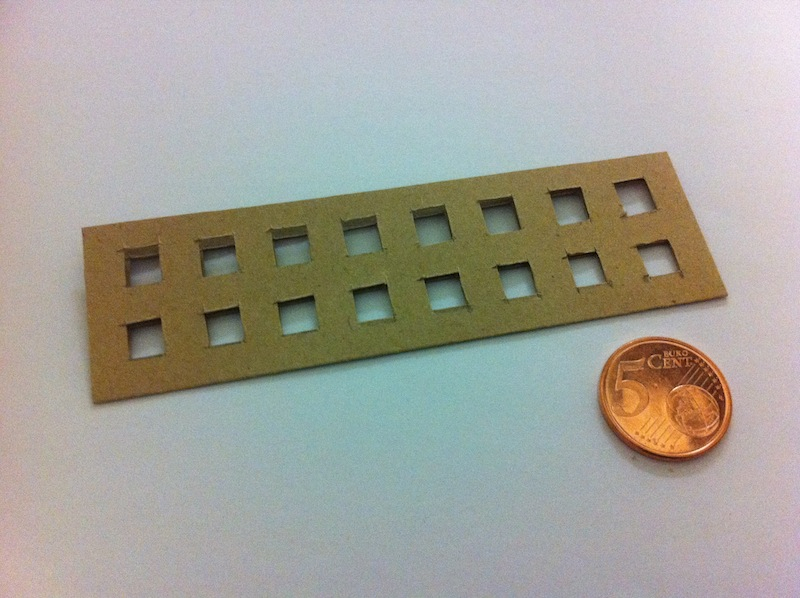
Photo: Wikipedia - Reconstruction of a nyctograph, a device invented by Lewis Carroll in 1891 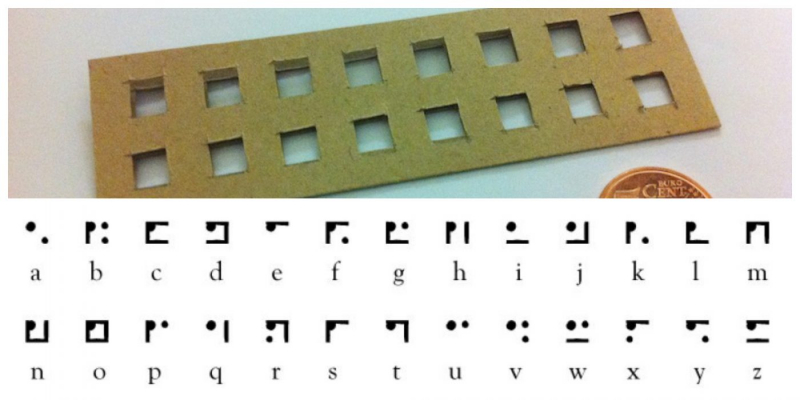
Photo: Portable Press - Reconstruction of a nyctograph, a device invented by Lewis Carroll in 1891 -
Lewis Carroll, a young adult, stood about 6 feet (1.83 m) tall and was slender. He was described in later life as somewhat asymmetrical, carrying himself stiffly and awkwardly, though this could be due to a knee injury sustained in middle age. He had a fever as a child that caused him to be deaf in one ear. He had a severe case of whooping cough when he was 17, which was most likely the cause of his chronically weak chest later in life. He developed a stammer as a child, which he referred to as his "hesitation," and it lasted the rest of his life.
The stammer has always been an important part of Carroll's image. There is no evidence to support the apocryphal story that he stammered only in adult company and was free and fluent with children. Many of his acquaintances' children remembered his stammer, while many adults did not. Lewis Carroll, on the other hand, appears to have been far more acutely aware of it than most people he met; it is said that he caricatured himself as the Dodo in Alice's Adventures in Wonderland, referring to his difficulty pronouncing his last name, but this is one of many claimed facts for which no first-hand evidence exists. He did refer to himself as the dodo, but whether or not this was a reference to his stammer is unknown.
Carroll's stammer bothered him, but it was never so severe that it prevented him from using his other personal qualities to succeed in society.
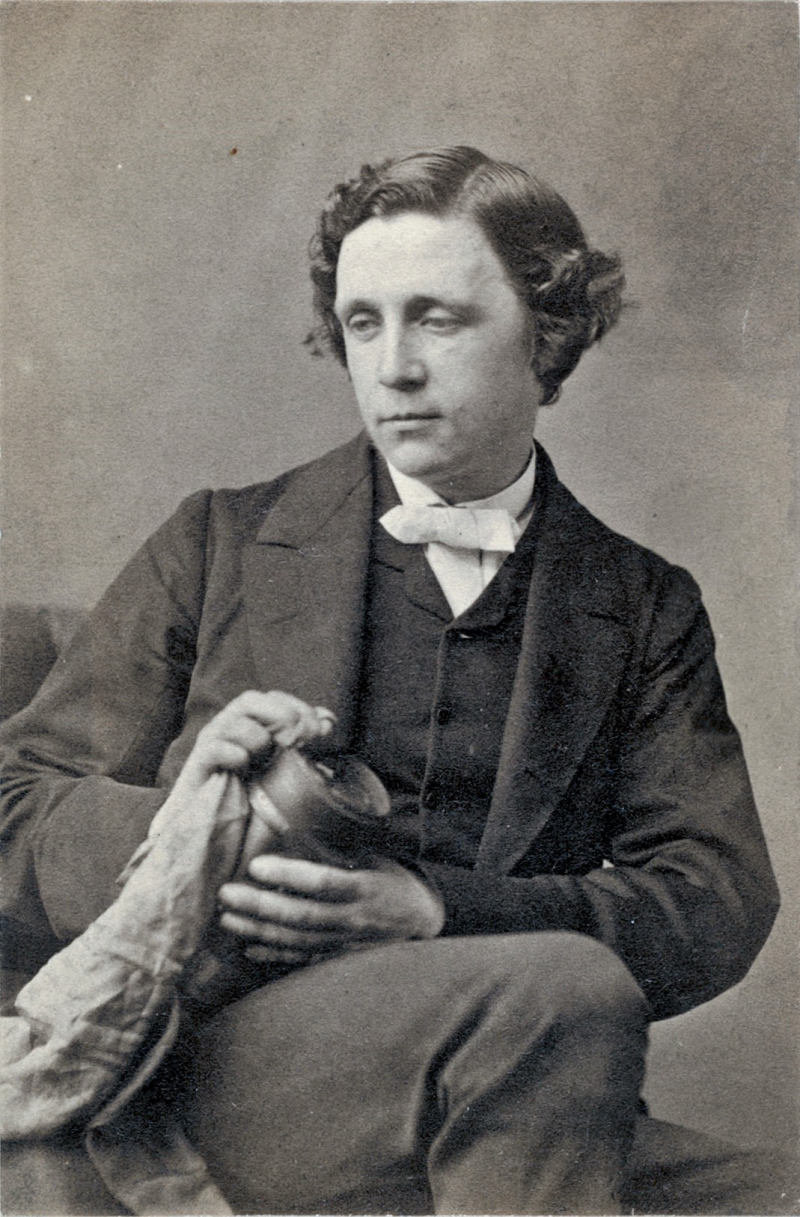
Photo: Komo.vn - Lewis Carroll Video: Art Documentaries - 3/4 The Secret World Of Lewis Carroll -
Lewis Carroll is best known for his works Alice in Wonderland and Through the Looking Glass. Charles Dodgson was his given name. His father, Reverend Charles Dodgson, instilled a love of mathematics in his son from an early age. Lewis attended Oxford University. Charles L. Dodgson was appointed as a mathematical lecturer at Christ Church College, University of Oxford, UK, in 1855. His job was to prepare Christ Church men (for it was all men) to pass math exams. Under the pen name Lewis Carroll, Dodgson (1832-98) went on to publish Alice's Adventures in Wonderland (1865) and Through the Looking-Glass (1871), but he also wrote many pamphlets and ten books on mathematical topics.
He was particularly interested in using logic diagrams as a teaching tool. Symbolic Logic, which was first published in 1896, contains dozens of puzzles. He was convinced that if children could be enticed by amusing stories and puzzles, they would enjoy learning mathematics. The Game of Logic, published in 1897, was designed to teach children logic. His "game" consisted of a card with two diagrams and a set of five grey and four red counters. Carroll's versions of a two-set and a three-set Venn diagram were the two diagrams. Feeding the Mind, a manuscript of a brief lecture Lewis Carroll once gave, discusses the importance of not only feeding the body, but also the mind. Carroll cleverly draws parallels between the diet of the body and the diet of the mind, and provides practical advice on how to best digest knowledge in the brain. This essay was first published in 1907. Carroll cleverly draws parallels between the diet of the body and the diet of the mind, and provides practical advice on how to best digest knowledge in the brain. This essay was first published in 1907.
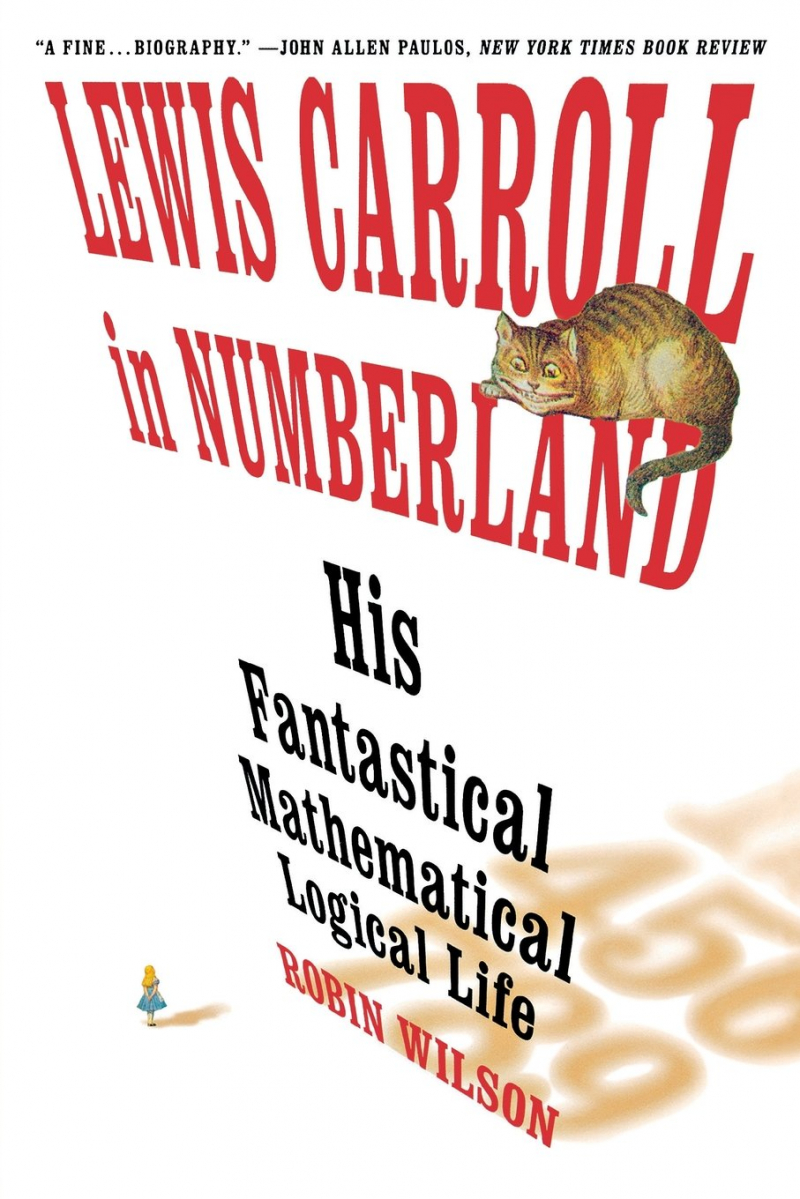
Photo: Amazon.com - Lewis Carroll in Numberland: His Fantastical Mathematical Logical Life 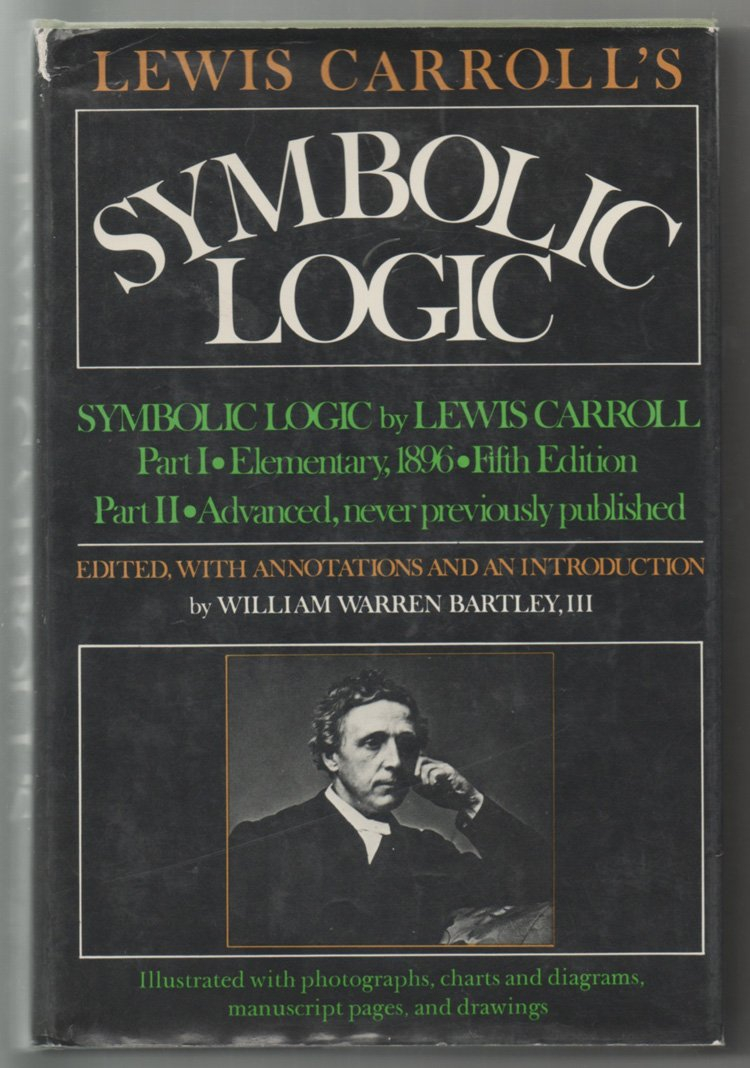
Photo: Amazon.com - Lewis Carroll's Symbolic Logic: Lewis Carroll, Charles Lutwidge Dodgson, William Warren Bartley, III -
Lewis Carroll, born Charles Lutwidge Dodgson, is the author of Alice's Adventures in Wonderland, a mathematician, and a posthumous suspect in the Jack the Ripper murders.
For over a century, crime buffs have been perplexed by the unsolved murder and disembowelment of several sex workers in London's Whitechapel neighborhood in 1888. However, in 1996, author Richard Wallace published a very different theory: that Lewis Carroll, who was so mild-mannered that he frequently wrote home from boarding school to complain about his classmates being a little too loud, was responsible for the Ripper murders with the help of his friend Thomas Vere Bayne. The premise of Wallace's full-length book, Jack the Ripper, Light-Hearted Friend, was this.
This theory didn't make much sense: Carroll lived near the murder sites, but during the time when four victims were killed, he was on vacation in East Sussex, and Bayne was unable to move due to back pain. Carroll's handwriting also didn't match the Ripper's letters to newspapers, which Wallace attributed to Bayne.
The main reason Wallace suspected Carroll was due to... anagrams. Carroll enjoyed wordplay and anagrams, so Wallace rearranged text from his letters and published works to uncover hidden Jack the Ripper messages.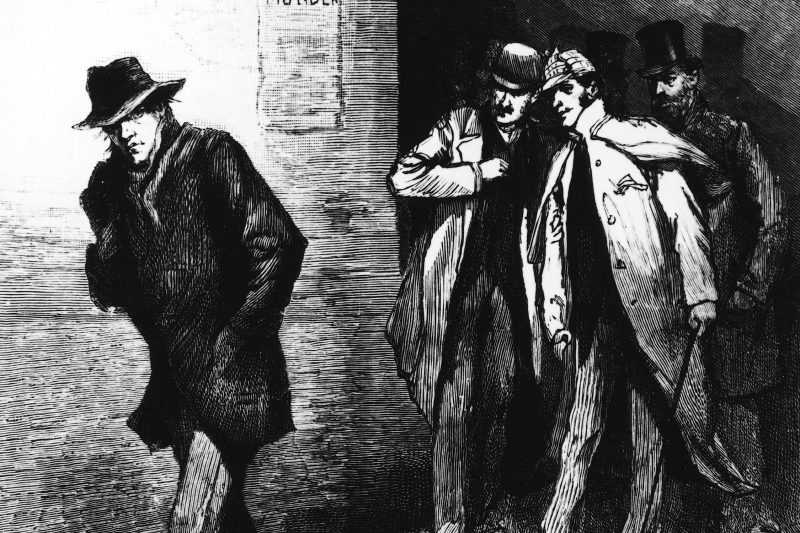
Photo: bifikir.com - Jack the Ripper 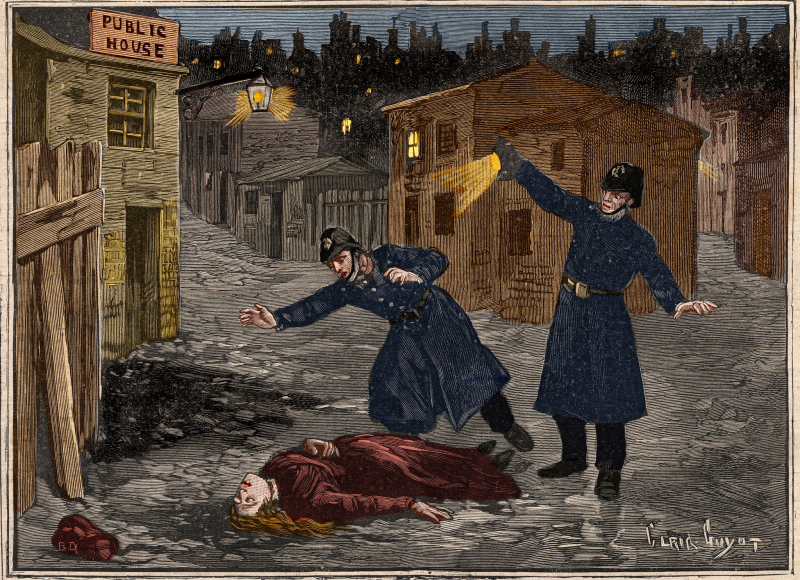
Photo: The New York Times - The Fight for the Future of Jack the Ripper -
Lewis Carroll, born Charles Lutwidge Dodgson (1832-1898), was an author and mathematician at Christ Church College in Oxford. He was also a skilled early photographer. Dodgson's friends were frequently photographed.
Dodgson began photographing at the age of twenty-four, influenced by his uncle Skeffington Lutwidge (also a well-known photographer). Photography was a brand-new form of art at the time, just beginning to capture the imagination of Victorian England. Dodgson quickly mastered the new art of photography, displaying his characteristic creativity and intelligence.
The collodion wet plate process was used, in which a glass plate was coated with a mixture of soluble iodide and collodion, submerged in a silver nitrate solution in a dark room, and then exposed in the camera while still wet, producing a glass negative from which multiple prints could be made. Photographers using the wet plate process had to work quickly to develop their images because collodion dries in ten minutes, rendering the image unrecoverable from the negative.
Dodgson created over 3000 photographic images, including portraits of friends and notable figures (such as Alfred, Lord Tennyson), landscapes, and stills of skeletons, dolls, statues, paintings, and more, beginning in his mid-twenties and continuing for over two decades. According to Morton N. Cohen's biography of the artist, Lewis Carroll: A Biography, Dodgson had his own studio and briefly considered making a living as a photographer in the 1850s.
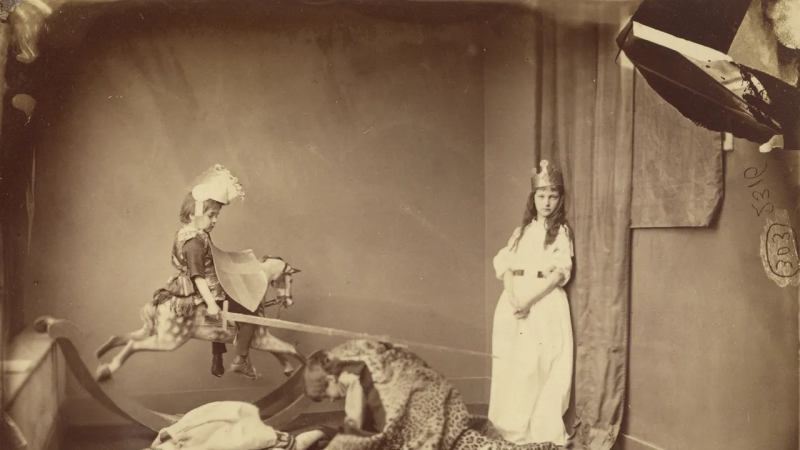
Photo: The New Yorker - Lewis Carroll's Portraiture 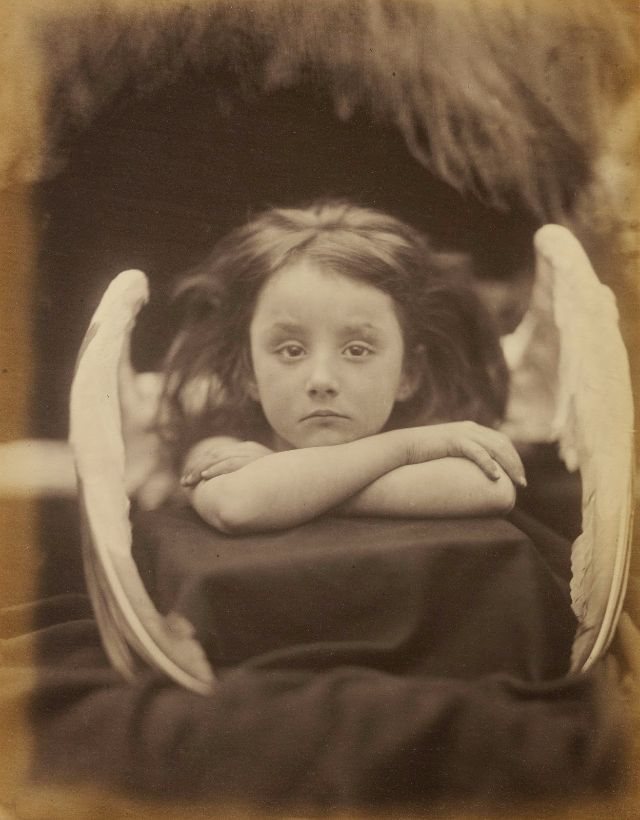
Photo: Vintage Everyday - Amazing Portrait Photos of Children Taken by Lewis Carroll From the 19th Century -
Lewis Carroll's close friend and colleague Henry Liddon proposed "that we should go together to Russia" on July 4, 1867, and Carroll gladly agreed. Because both men were strong supporters of reuniting the Eastern and Western Churches, which was a hot topic at the time, their trip was officially sanctioned.
Liddon and Carroll stayed in Moscow for two weeks, sightseeing and visiting numerous churches and cloisters. Carroll enjoyed collecting the most difficult Russian words to pronounce and transcribing them into English during the tour. "Zashtsheeshtschayjushtsheekhsya" - a shortened form of a word for people who defend themselves - was one of his favorites.
Lewis Carroll had an undeniable influence on Russian literary culture. In Russia, Alice in Wonderland (1865) was first published in 1879 under the title Sonya in a Kingdom of Wonders. Surprisingly, neither the translator's nor the illustrator's names appeared on the title page, and the translator's identity is still unknown. There are now over 30 Russian editions of the book, including versions by Anton Chekhov's brother Mikhail Chekhov and the well-known children's writer and translator Samuil Marshak.
Anya in Wonderland, Nabokov's version, was first published in Berlin in 1923 and is one of the most popular translations. His intention was for Russian readers to enjoy the work in translation just as much as they did the original. As a result, he retold the story in Russian, including references to great Russian poets in the book's verse elements.
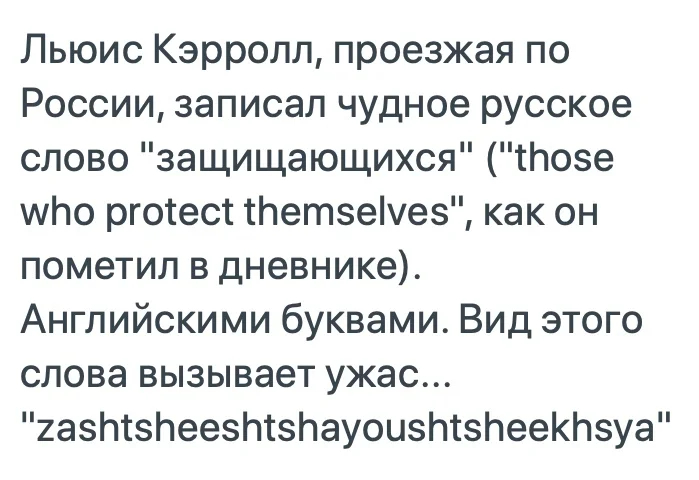
Photo: Reddit - Lewis Carroll, driving through Russia, wrote down the wonderful Russian 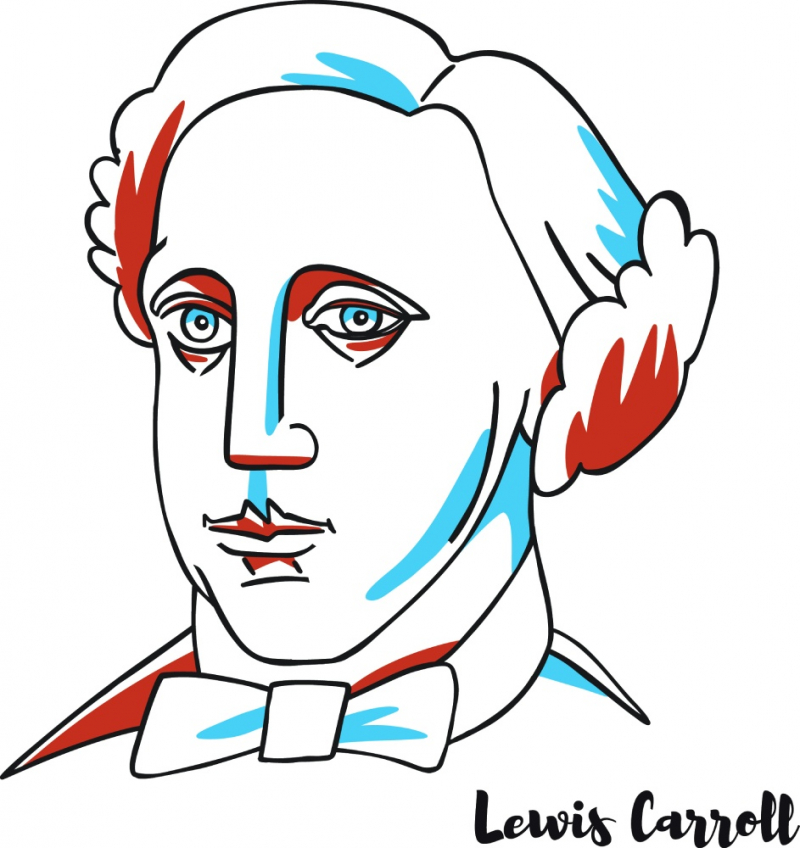
Photo: Dreamstime.com - Lewis Carroll -
An interesting facts about Lewis Carroll, like many early adopters of modern technology, Carroll purchased the most recent microscope available. The microscope, made in 1859 by Smith & Beck of London, was "something he had his entire life and took incredible care of," according to Vega.
John Benjamin Dancer's invention of microphotographs resulted from the marriage of two leading Victorian technologies: microscopy and photography. For one shilling, one could buy a 3′′1′′ glass slide with what appeared to be a tiny dot on it, but when examined under a microscope, revealed to be a portrait of a famous scientist or writer, a landscape, or the entire Lord's Prayer.
Carroll's own microscope is now housed in the Pierpont Morgan Library's Houghton Collection. He also had a geographer's pen, which he used with a magnifying glass to write "miniature" or "fairy" letters, about the size of a postage stamp and usually addressed to children.
According to the Morgan's exhibit, Carroll used the microscope to examine amoebas, other protozoa, and insect larvae. "This is a most interesting sight, as the creatures are most conveniently transparent, and you see all kinds of organs jumping about like a complicated piece of machinery … Everything goes on at railway speed, so I suppose they must be some of those insects that only live a day or two, and try to make the most of it." he wrote in a letter to his sister Elizabeth.
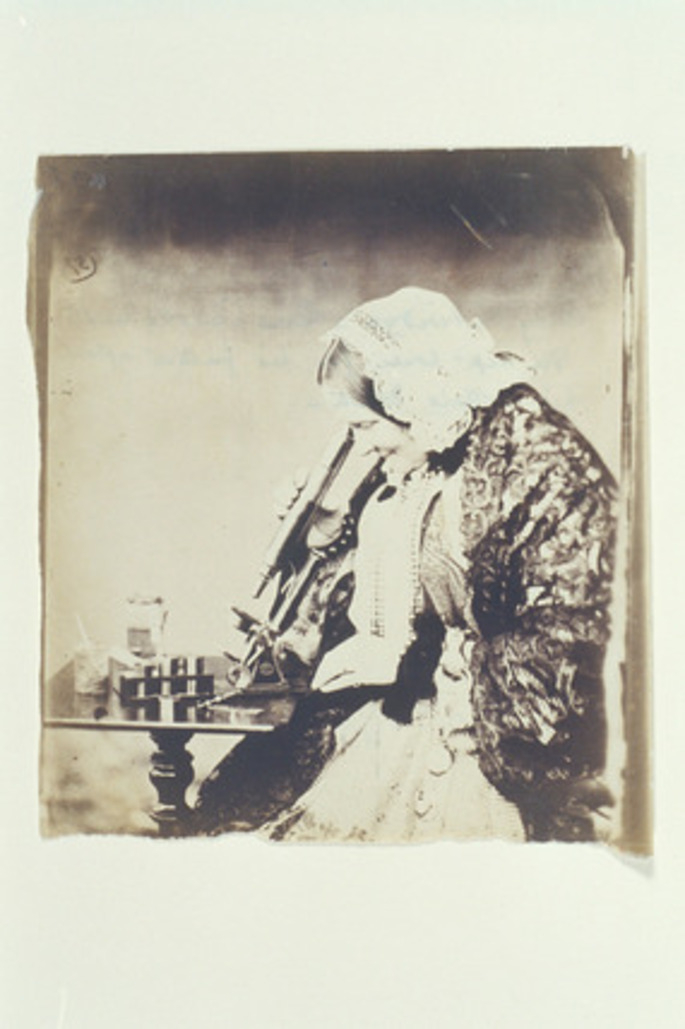
Photo: SSPL Prints - Lucy Lutwidge with microscope, c 1858. by Carroll, Lewis at Science and Society Picture Library 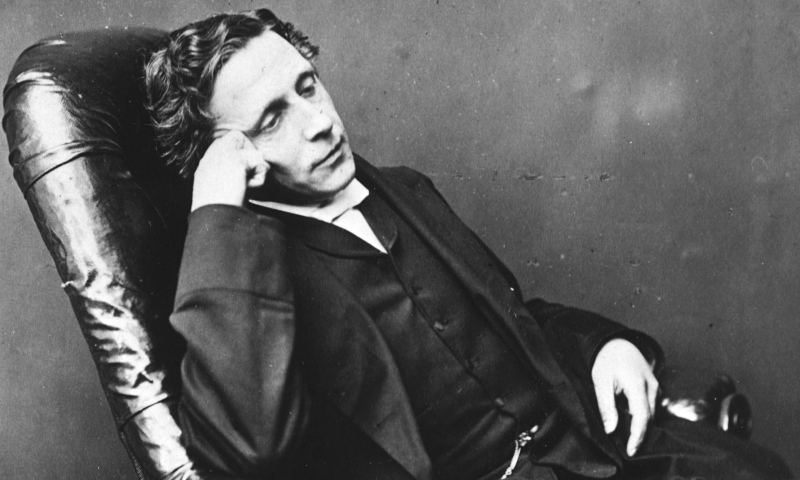
Photo: Komo.vn -
Lewis Carroll began keeping a meticulous record of letters sent and received a few weeks before his 29th birthday and continued to do so for the next 37 years of his life. He wrote and received almost 100,000 letters. 98,721 was the last numbered letter. He also kept a letter register as curator of the senior common room at Christ Church, Oxford, but neither of these letter registers has survived. We don't know how many letters he wrote, and there was no known register for the first 29 years of his life.
But one thing is certain: Dodgson was a prolific letter writer as well as an author, and his letters provide fascinating insight into his mind. "Life seems to go in letter-writing, and I'm beginning to think that the proper definition of "Man" is "an animal that writes letters," he once wrote to a friend.
Morton N. Cohen, with assistance from Roger Lancelyn Green, spent 20 years researching The Letters of Lewis Carroll. During that time, Cohen collected over 4000 copies of letters and chose 1305 for publication. Carroll's "public" letters - to the press, his publishers, his illustrators, and Henry Savile Clarke, who adapted Alice's Adventures in Wonderland for the stage - are divided into four sections for future publication, hopefully under the same editorship.
Unfortunately, only four letters from Carroll's first 19 years of life have survived. Several exist from 1851 onwards, but the number only increases from the mid-1860s, when he became famous as an author.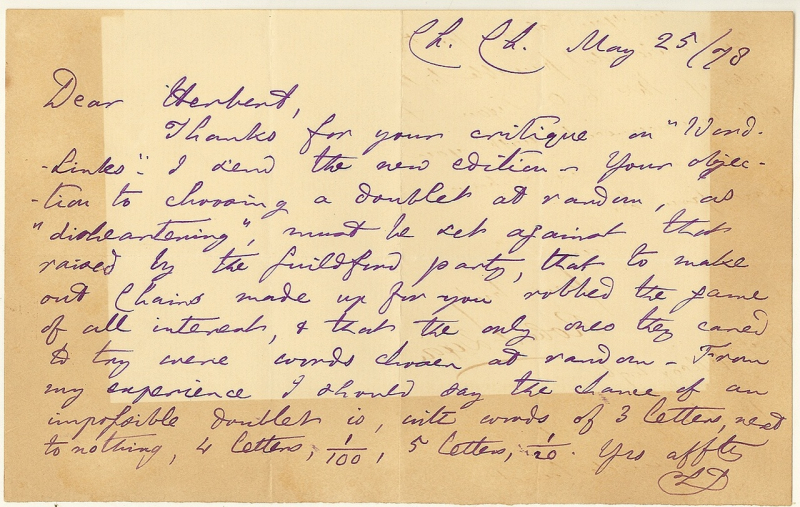
Photo: D&D Galleries - 1 page autograph letter signed 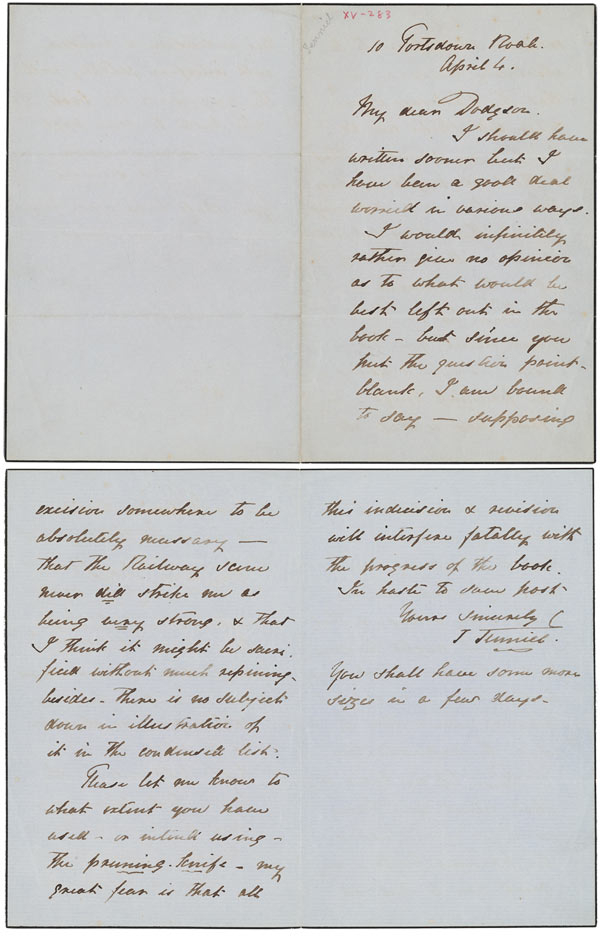
Photo: Maggs Bros. Ltd - Tenniel's letter to Carroll










